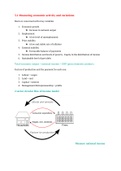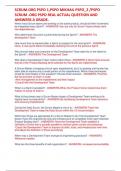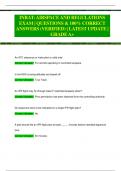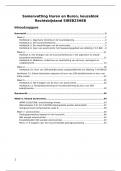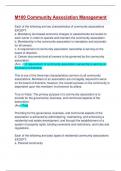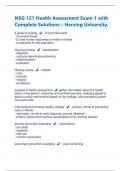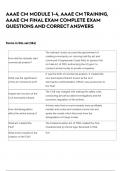Notas de lectura
Notes for the IB course in the subject of Economics HL for Microeconomics and Macroeconomics
- Institución
- International Baccalaureate
Se trata de resúmenes realizados durante el curso con la ayuda del profesor que cubre dos de los tres bloques a estudiar en Economics HL en el IB. Todos los puntos están bien redactados con ejemplos y imágenes que ayudan a la comprensión y a hacer el estudio más ameno.
[Mostrar más]
